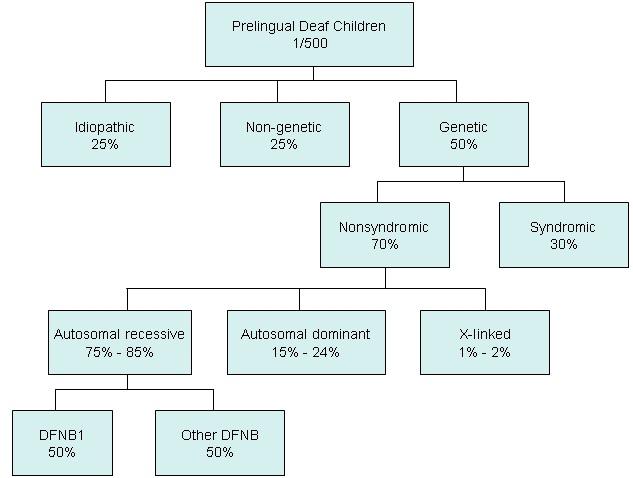
Nearly 32 million children across the world live with disabling hearing loss. A new WHO report, "Childhood hearing loss: act now, here’s how", suggests that 60% of this can be prevented. It also highlights that if hearing loss is detected early enough, and if children receive the care they need, they can reach their full potential.
“A child who struggles to hear may also struggle to learn to speak, underachieve at school and end up socially isolated,” says Dr Etienne Krug, Director of the WHO Department for Management of Noncommunicable Diseases, Disability, Violence and Injury Prevention. “But this doesn’t have to happen. We have a range of tools to help prevent, detect and treat childhood hearing loss.”
Most childhood hearing loss can be prevented
There are many causes of childhood hearing loss. It is estimated that 40% is attributable to genetic causes; 31% to infections such as measles, mumps, rubella and meningitis; and 17% to complications at birth, including prematurity, low birth weight and neonatal jaundice. In addition, an estimated 4% results from expectant mothers and new-borns unknowingly using medicines that are harmful to hearing.
To prevent childhood hearing loss, immunizing children against diseases and regulating certain medicines and noise levels are vital.
Mitigating the impact of hearing loss
Early identification of those children with hearing loss helps to trigger the needed interventions, such as the provision of hearing devices and other communication therapies.
Hearing screening programmes for infants, and pre-school and school-based children, alongside hearing care training for health professionals, can dramatically improve the lives of children. Such programmes ensure that those in need of specialized care receive the interventions they need to be able to communicate, receive education and gain employment later in life.
Raising public awareness about ear and hearing care is another key strategy for reducing hearing loss and associated stigma around the use of hearing devices. Strengthening organizations of people with hearing loss and their families can contribute greatly to this effort.
The WHO report includes case studies from Cambodia, Canada, Thailand, Uganda, United Kingdom, Viet Nam and the United States which showcase the impact that programmes in these and other countries are having on the lives of children across the world. In settings where public health interventions, such as immunization programmes, are functioning optimally, much of childhood hearing loss is avoided. In others, early detection and treatment are key.
Source: WHO
 FR
FR EN
EN AR
AR








